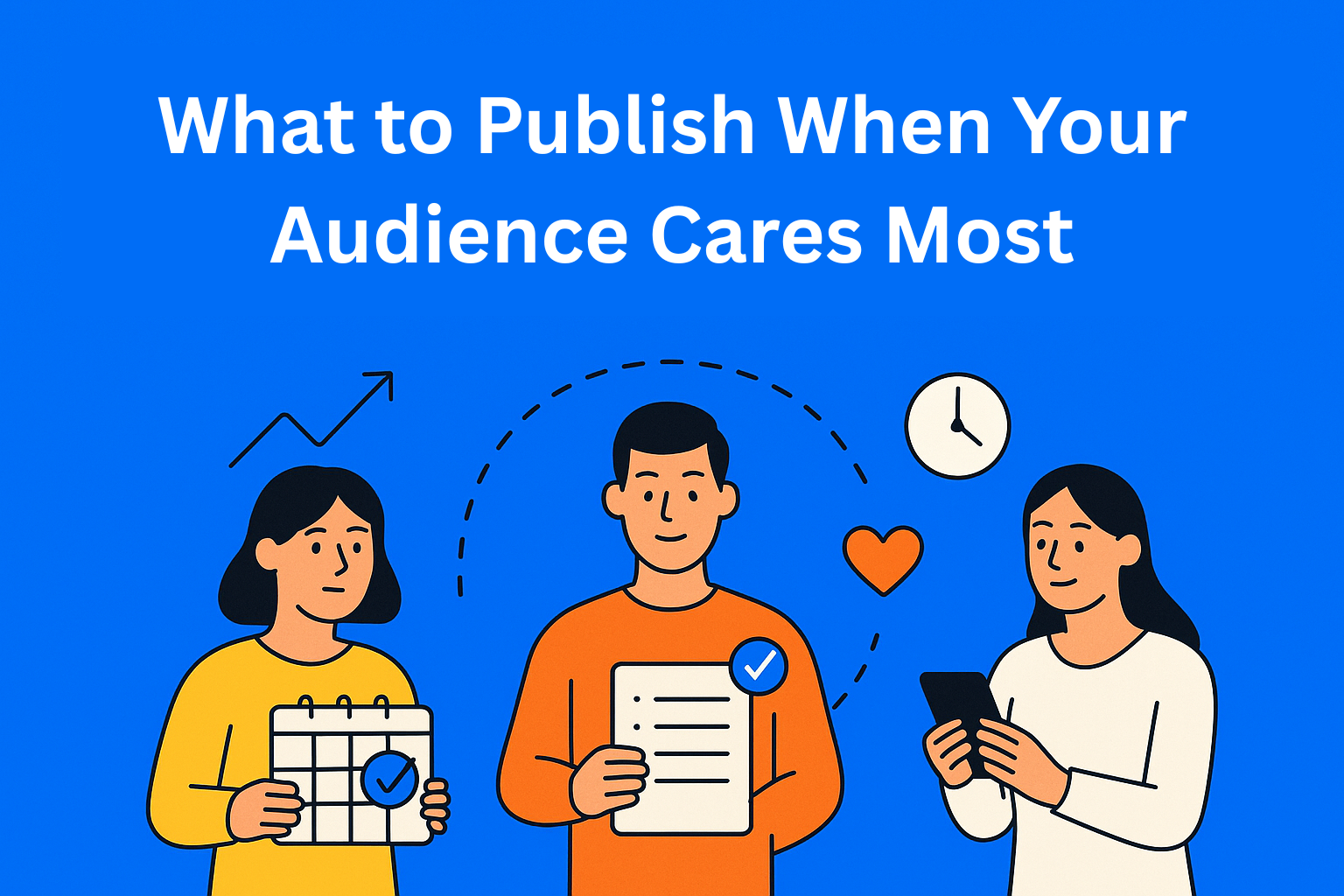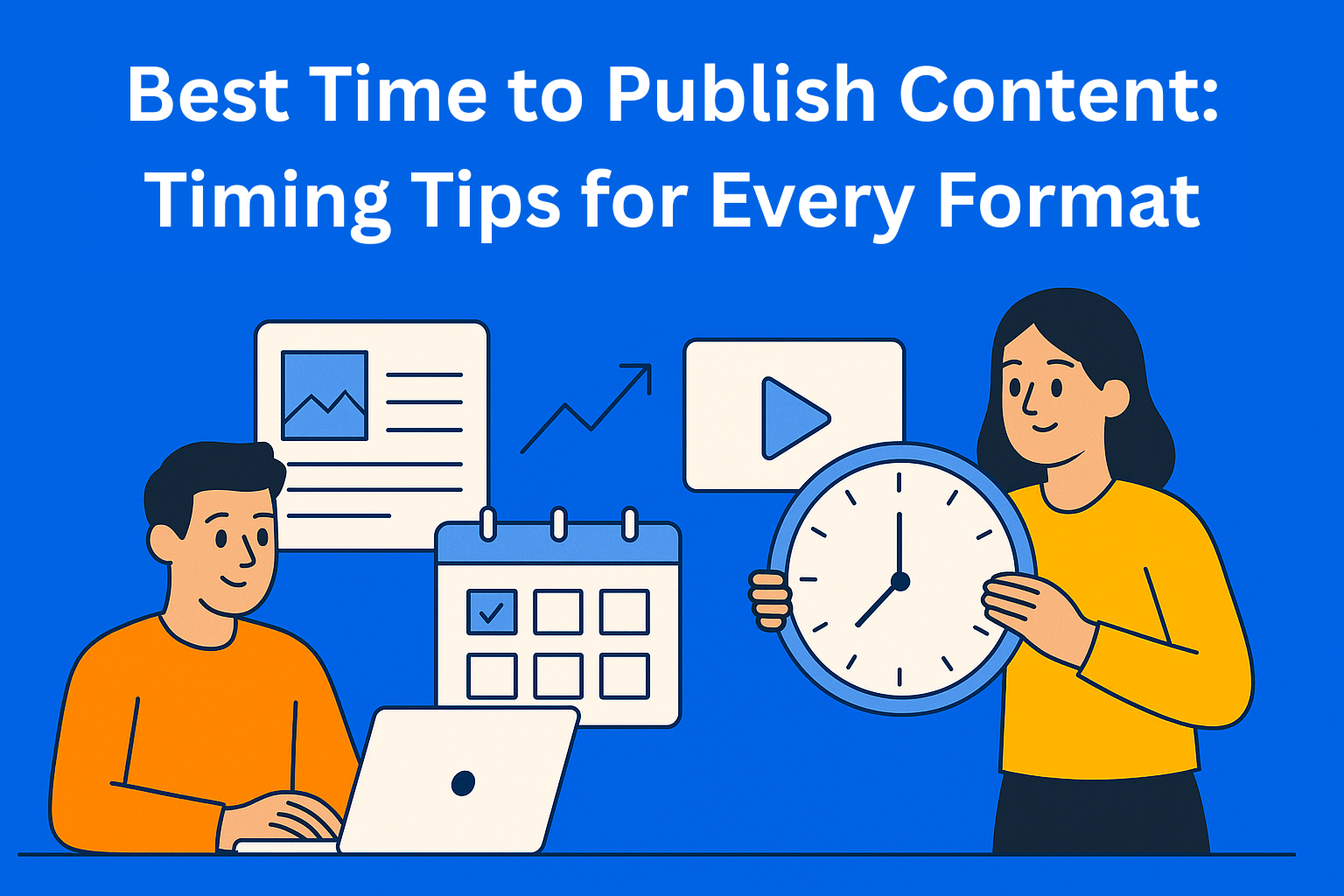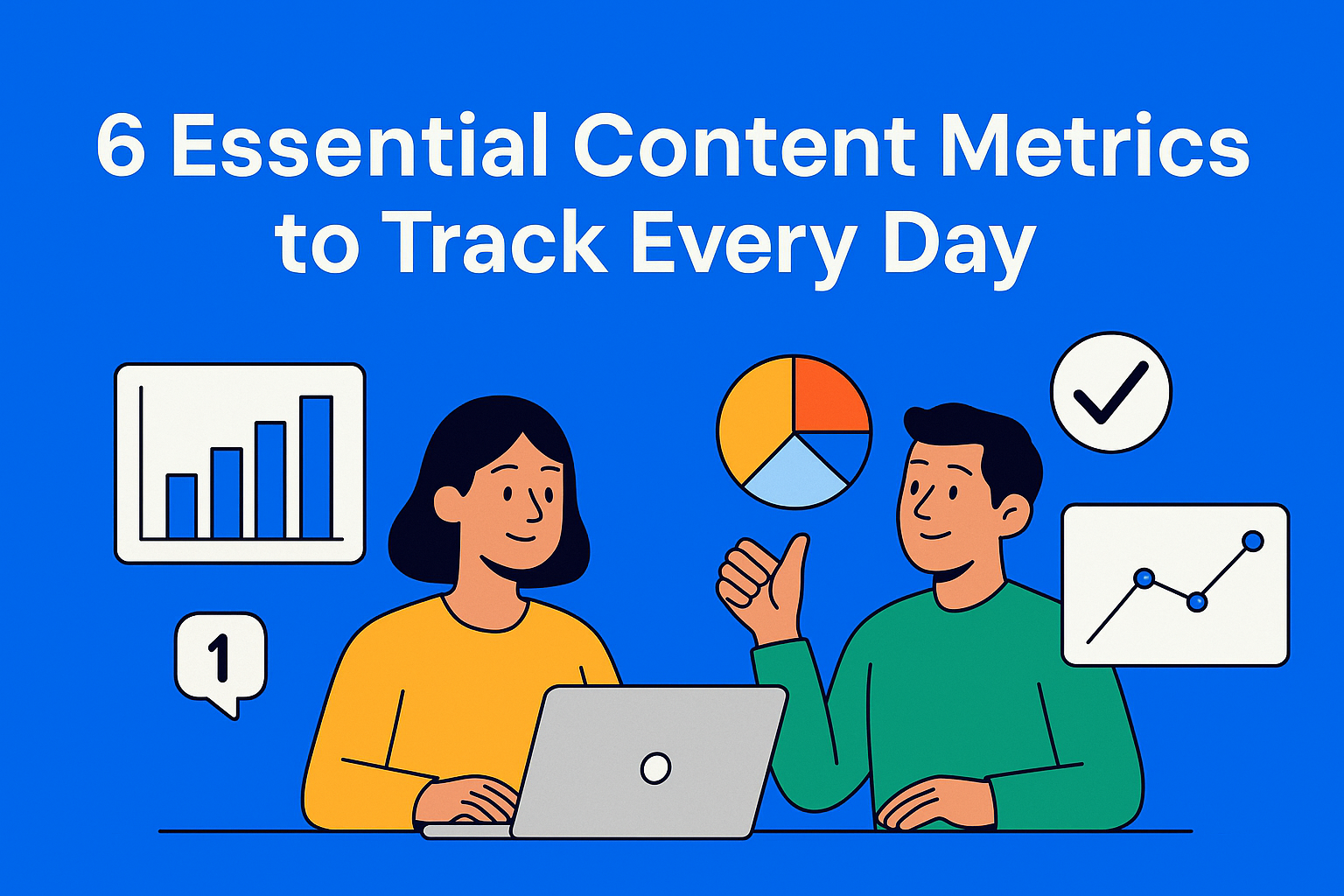2025 Was the Year of AI… But What Did Content Teams Actually Learn?
Content teams spent 2025 learning how to work with AI in a real, practical way. The biggest takeaway? AI can speed things up, but human voice, strong workflows, and originality still matter most, and they’ll shape better content in 2026.

2025 was a year when we constantly heard about artificial intelligence. Everywhere we looked, social media, conferences, podcasts, blogs, AI was the main topic. But while headlines were racing to announce a revolution, the everyday reality was much simpler: content teams had to learn how to work with AI daily, in practice. And that’s where the most important part of the story lies.
In this text, we’ll explain what content teams truly realized during 2025.
Key Takeaways
- AI became a daily tool, not a full replacement - content teams learned that AI can speed up research and drafting, but it cannot replace a real brand voice or human perspective.
- Strong workflows mattered more than the AI itself - teams with clear briefs, defined stages (draft → review → edit → polish), and structure got better results than those that just “added AI” into chaos.
- Human editors moved back to the center of quality - they shaped tone, emotion, culture, and storytelling, turning generic AI drafts into content that actually makes sense and feels human.
- 2026 will reward depth over volume - after a year of AI-generated noise, the advantage shifts to fewer, clearer, more thoughtful pieces instead of constant output.
- Originality and lived experience became the real differentiator - brands that share their own data, stories, and insights will stand out in a sea of similar AI content.
AI is useful, but it cannot replace the human voice
AI can write text, but it cannot be the voice of a brand. It can write and suggest ideas, but when a text needs to sound natural and personal, humans are still the key.
Throughout the year, many teams that initially relied too much on AI noticed the same issue: their content started to feel similar, flat, and emotionless. Everything began to sound the same. And that’s when it became clear that “AI content” was no longer an advantage, but more of a risk. This brought back strong interest in human editing, to maintain authenticity and a clear content strategy.
Good processes became more important than ever
Another major realization from 2025 was that you can’t just “throw AI into the workflow.” If a team doesn’t have a clear process, from planning, to writing, to reviewing, AI will create more problems than solutions.
Teams that performed best were those with a stable workflow:
- a clearly defined brief,
- a stage where AI helps create the first draft,
- then human review,
- followed by editing,
- and finally, polishing the final version.
When such a process exists, AI is genuinely helpful. When it doesn’t, chaos begins. Many teams felt this firsthand. Without structure, content became inconsistent, quality dropped, and the “AI tool” only created more work for those who had to fix everything. Except for those using EasyContent, where all these steps existed in one place.
This is why the conversation shifted more and more toward content quality and the need for proper organization.
Human editors returned to the center of attention
Although it might seem that AI would reduce the need for editing, the opposite happened. In 2025, human editors became more important than ever.
AI is good at generating initial drafts, but it struggles to understand emotion, humor, culture, brand tone, and subtle expressions. That’s why the human editor is the one who gives the final quality and decides: does this text actually make sense?
This trend brought back the classic editorial role, strengthening storytelling, a key part of good content that AI still cannot naturally produce.
What does all of this mean for 2026?
AI won’t disappear, but human work won’t become irrelevant either. In fact, the next year will be about using these lessons to create better, deeper, and more meaningful content.
Here’s what we can expect.
The focus will be on quality, not quantity
When AI became available to everyone, many companies used it to produce large amounts of content very quickly. But this didn’t work well. Search engines became stricter, audiences began recognizing generic AI texts, and brands that published too much content didn’t get the results they expected.
That’s why 2026 will bring fewer texts, but better ones. More attention will go toward clear preparation and simple structure, so the content actually adds value. AI tools will still be used, but only as support, not something we fully rely on.
More experimentation is expected
In 2026, teams will feel more comfortable experimenting. Since AI takes care of repetitive, mechanical tasks, people can focus on more creative work, new formats, new approaches, new ideas.
We’ll see more:
- short and simple content people can read quickly,
- interactive materials where users can participate (polls, mini tasks, quizzes),
- texts adapted to different audience types,
- combinations of video, text, and graphics in one clear and easy-to-understand piece.
Since AI allows fast creation of test versions, teams can easily check what works and what doesn’t.
Structure and storytelling will be key skills
As “AI content” becomes more uniform, the biggest difference will be in how a story is told. Readers want a clear flow, an introduction that guides them into the topic, a middle part with valuable information, and an ending that ties everything together.
Storytelling will matter more than ever because it’s something people understand naturally, while AI still struggles to create engaging and emotional narratives. That’s why marketing content will increasingly highlight the human voice.
Originality becomes the main advantage
As AI produces massive amounts of similar content, the only true advantage will be, originality. This means brands will need to share their own data, insights, opinions, and stories.
Originality comes from real experience, research, conversations with customers, real examples, and specific situations that AI simply cannot invent. These are the elements that separate an average text from one that truly captures and keeps the reader's attention.
This is an important message for people who are just entering the content world: AI can handle the boring parts, but your unique perspective is what makes the content stand out.
Conclusion
Looking back, all of 2025 was filled with AI excitement. But once things settled, content teams reached a very simple conclusion: AI is useful, but only as part of the process. Real quality still comes from people.
AI speeds up the work. Humans give it meaning.
And that’s why 2026 can be the year of better, smarter, and more creative content. Teams that balance technology with human skill will create the best results, they’ll use AI’s power, but won’t forget that authenticity is what truly connects a brand with its audience.
That is, in fact, the biggest lesson of 2025.






